XR Development: A Guide to Success in XR Development
Have you ever wondered what the future of technology holds? Well, it’s here, and it’s called XR. XR, or Extended Reality, is a game-changer, blending the real and virtual worlds in ways we’ve never seen before. In today’s fast-paced digital landscape, XR’s importance cannot be overstated. Whether it’s revolutionizing gaming, enhancing educational experiences, or transforming healthcare, XR is making waves across various industries. But what exactly is XR, and how can one succeed in developing for this exciting frontier? Let’s dive in and explore.
Understanding XR
Definition of XR
XR, or Extended Reality, is an umbrella term that encompasses Virtual Reality (VR), Augmented Reality (AR), and Mixed Reality (MR). It represents a spectrum of immersive technologies that merge the physical and digital worlds, creating a seamless experience for users.
Differences between VR, AR, and MR
- Virtual Reality (VR): Creates a fully immersive digital environment, often requiring a headset. Users are entirely immersed in a virtual world, blocking out the real one.
- Augmented Reality (AR): Overlays digital content onto the real world using devices like smartphones or AR glasses. Think of Pokémon GO, where digital creatures appear in your real surroundings.
- Mixed Reality (MR): Blends real and virtual elements where they can interact with each other in real time. MR is more advanced than AR as it allows for interaction between real and digital objects.
The Growth of XR
Historical Overview
The concept of XR isn’t new. VR, for instance, dates back to the 1960s with Morton Heilig’s Sensorama. However, it wasn’t until the last decade that technological advancements made it accessible to the masses.
Current Market Trends
Today, XR is booming. The global XR market is expected to grow exponentially, driven by advancements in technology, increased investment, and a growing number of use cases across various industries.
Applications of XR
Gaming and Entertainment
XR has revolutionized gaming and entertainment, providing immersive experiences that traditional mediums can’t match. VR games, AR apps, and MR experiences offer new ways to engage and entertain.
Education and Training
XR is a powerful tool in education and training. Virtual classrooms, AR learning aids, and MR simulations provide interactive and engaging learning environments, making education more effective and enjoyable.
Healthcare
In healthcare, XR is used for everything from surgical simulations to mental health therapy. It offers innovative solutions for training, treatment, and patient care.
Real Estate
XR allows potential buyers to tour properties virtually, making the buying process more efficient and accessible. AR apps can also help visualize renovations and interior designs.
Retail and E-commerce
XR is transforming retail by enhancing the shopping experience. AR apps let customers try on clothes virtually or see how furniture looks in their homes before buying.
Key Components of XR Development
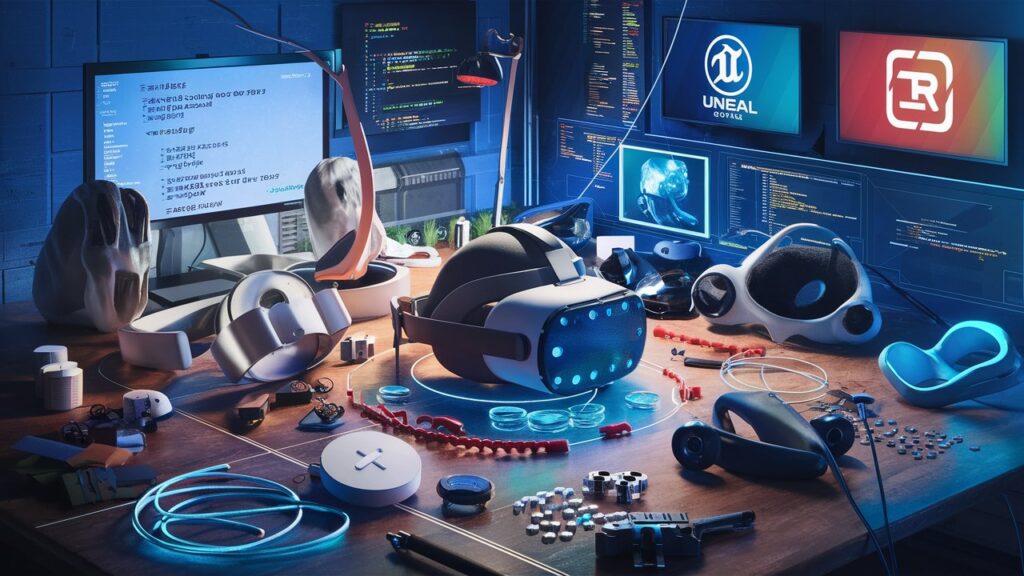
Hardware
The hardware required for XR development includes VR headsets (like the Oculus Rift or HTC Vive), AR glasses (like Microsoft HoloLens), and motion-tracking devices. The quality of the hardware significantly impacts the user experience.
Software
Software is equally crucial. It includes development platforms, programming languages, and XR SDKs (Software Development Kits) that provide the necessary tools to create XR applications.
Tools and Technologies for XR Development
Development Platforms
Popular XR development platforms include Unity and Unreal Engine. These platforms provide powerful tools for creating immersive experiences and are widely used in the industry.
Programming Languages
Languages like C#, C++, and JavaScript are commonly used in XR development. Each language has its strengths, depending on the specific requirements of the project.
XR SDKs
SDKs like ARKit (for iOS), ARCore (for Android), and Windows Mixed Reality provide essential tools and libraries for developing XR applications.
Design Principles for XR
User Experience
User experience (UX) is paramount in XR development. The immersive nature of XR means that poor UX can quickly lead to user discomfort or disengagement. Designing intuitive and user-friendly interfaces is crucial.
User Interface Design
In XR, UI design must be three-dimensional and interactive. Designers must consider spatial relationships and how users will interact with elements in a 3D space.
Interaction Design
Interaction design focuses on how users interact with the XR environment. This includes gestures, voice commands, and motion tracking, all of which must be intuitive and responsive.
Challenges in XR Development
Technical Challenges
XR development is technically demanding. Creating realistic and responsive experiences requires high-performance hardware and advanced software techniques.
User Adoption
Despite its potential, XR is still relatively new, and widespread adoption is a challenge. Users need to be educated about the benefits and uses of XR to drive adoption.
Cost
Developing XR applications can be expensive. High-quality hardware and skilled developers are costly, which can be a barrier for some businesses.
Steps to Start with XR Development
Learning the Basics
Start by learning the basics of XR. Online courses, tutorials, and workshops can provide a solid foundation in XR technologies and development practices.
Choosing the Right Tools
Select the right tools for your project. Consider the platform, programming languages, and SDKs best fitting your needs and expertise.
Building a Prototype
Begin with a small prototype. This allows you to test your ideas, learn from the experience, and make necessary adjustments before scaling up.
Best Practices for XR Development
Keeping the User in Mind
Always prioritize the user. Understand their needs and design experiences that are engaging, intuitive, and comfortable.
Testing and Iteration
Testing is crucial in XR development. Regularly test your application with real users and iterate based on their feedback.
Collaboration and Feedback
Collaboration with other developers, designers, and users is essential. Gather feedback and use it to improve your application continuously.
Future of XR Development
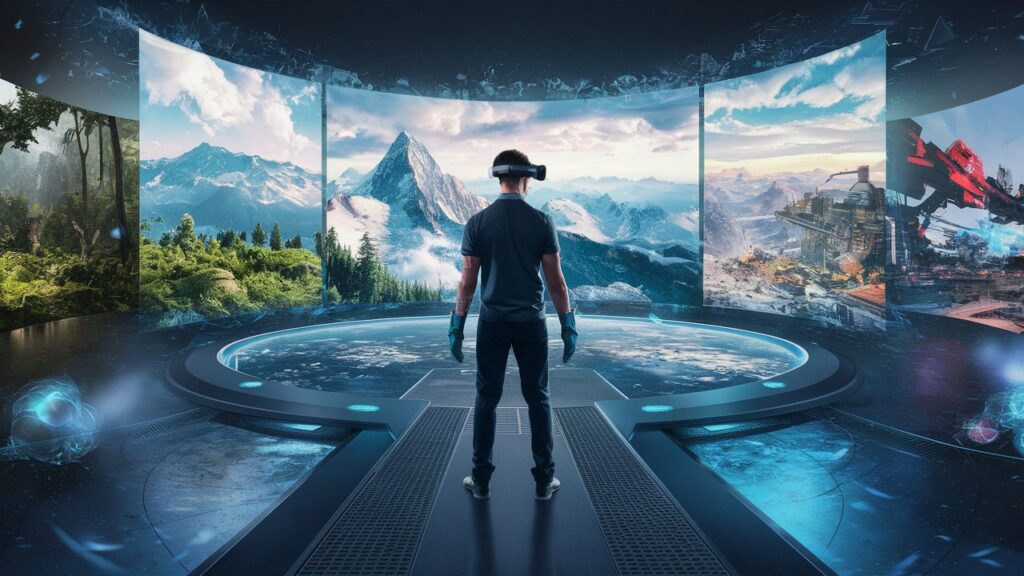
Emerging Trends
XR technology is evolving rapidly. Emerging trends include improved hardware, more immersive experiences, and new applications in various industries.
Predictions for the Future
The future of XR looks promising. As technology advances, we can expect more realistic and immersive experiences, broader adoption, and new use cases that we can only imagine today.
Conclusion
XR development is an exciting and rapidly growing field with immense potential. By understanding the fundamentals, staying updated with the latest tools and technologies, and following best practices, you can create innovative and engaging XR experiences. Whether you’re a developer, designer, or business owner, the opportunities in XR are vast and waiting to be explored.
Frequently Asked Questions (FAQs)
What is the difference between VR, AR, and MR?
VR creates a fully immersive digital environment, AR overlays digital content onto the real world, and MR blends real and virtual elements that interact in real-time.
What are the main challenges in XR development?
The main challenges include technical demands, user adoption, and cost. High-performance hardware, advanced software techniques, and educating users about XR are crucial.
What tools are essential for XR development?
Essential tools include development platforms like Unity and Unreal Engine, programming languages such as C# and C++, and XR SDKs like ARKit, ARCore, and Windows Mixed Reality.
How can XR be used in healthcare?
XR is used in healthcare for surgical simulations, mental health therapy, training, treatment, and improving patient care with innovative solutions.
What is the future of XR?
The future of XR includes more immersive and realistic experiences, broader adoption across industries, and new applications driven by technological advancements.
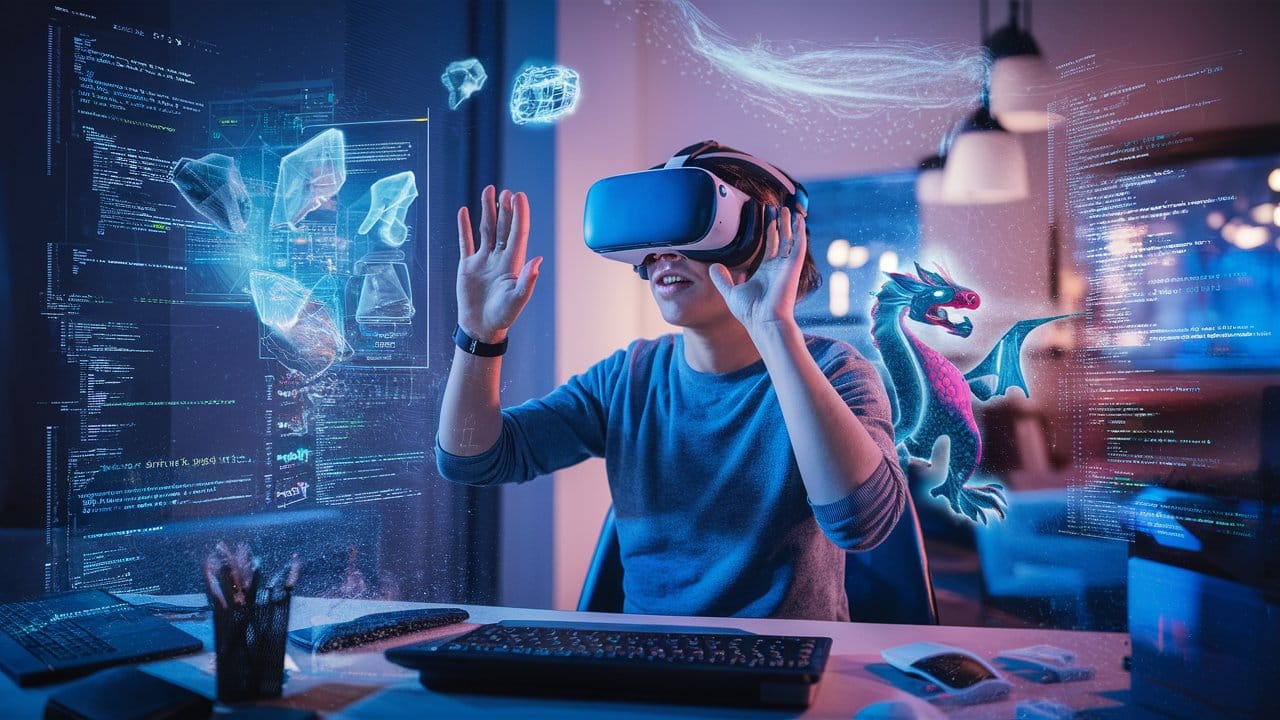





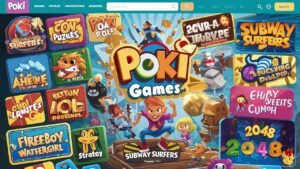



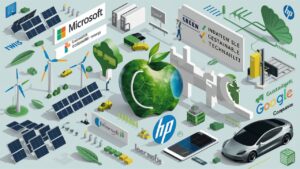

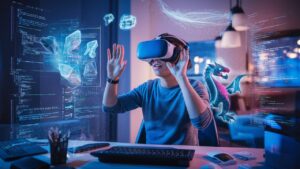

1 comment